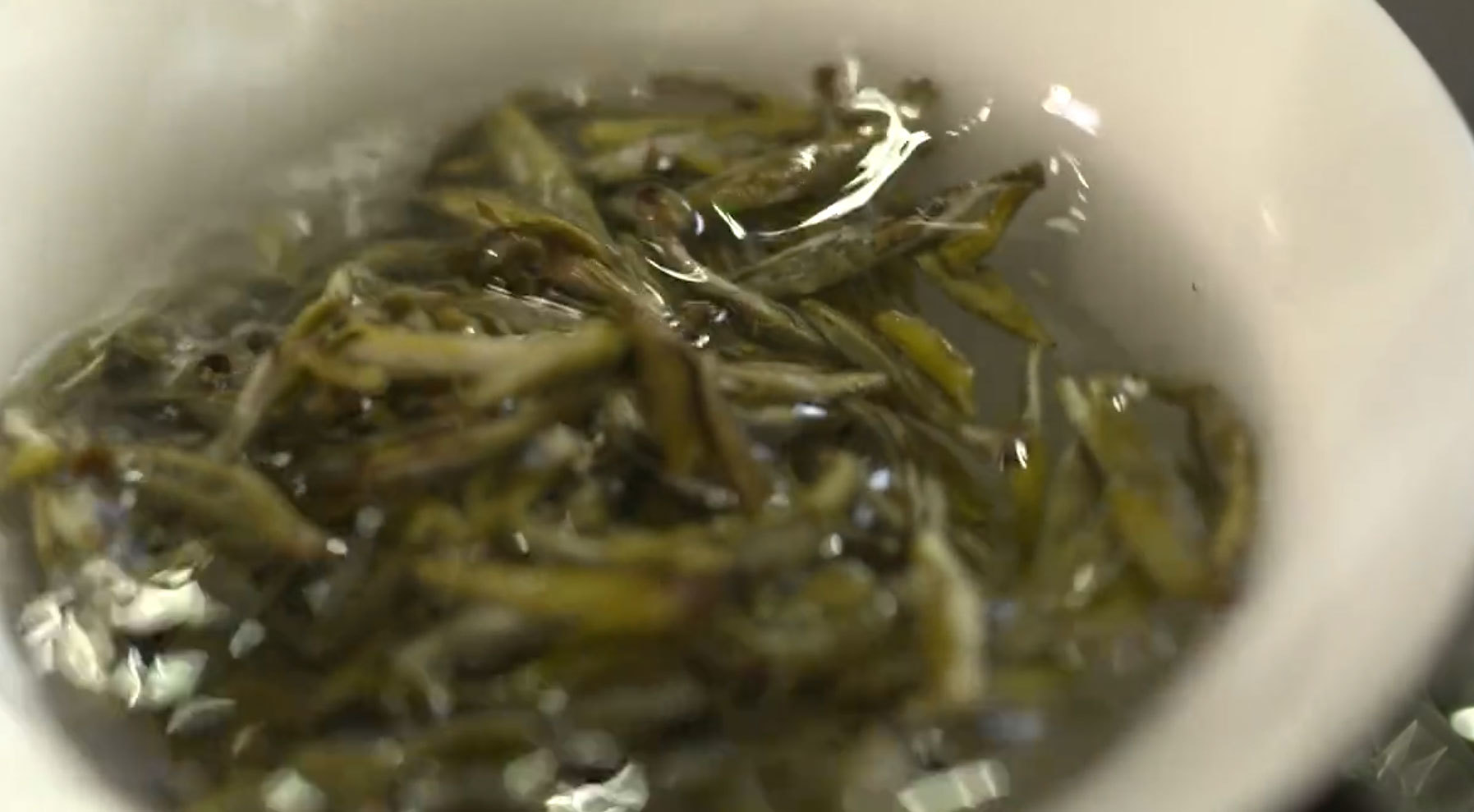Let's talk about the types and functions of flower tea
Author:
Published Time:
2022-05-06
Flower tea combines the taste of tea with the fragrance of flowers, the tea drawing out the floral aroma, and the flowers enhancing the tea's flavor, creating a perfect harmony. It retains the rich and refreshing taste of tea while adding a fresh and fragrant floral scent. When brewed and sipped, the captivating floral aroma fills the mouth with a sweet fragrance, leaving one feeling refreshed and relaxed. It offers beauty benefits, aids in weight loss, and helps with detoxification and odor removal.

Let's explore the various types of flower tea! Flower tea is made by brewing the flowers, leaves, or fruits of plants. It can be broadly classified into herbal teas and fruit teas. Herbal teas use leaves or flowers, such as lotus leaves and stevia leaves. Fruit teas use fruits, such as figs, lemons, hawthorn, monk fruit, and other fruits with blossoms.
Primarily using green tea, black tea, or oolong tea as a base, combined with fragrant fresh flowers as raw materials, these teas are crafted using a scenting process. Depending on the type of flower used, they are categorized into jasmine tea, magnolia tea, osmanthus tea, and bead orchid tea, with jasmine tea having the largest production volume.
The effects and functions of flower tea: It has a sweet taste and a slightly cool nature. It benefits the lungs, kidneys, and meridians, and soothes the liver and nourishes the lungs and complexion. Flower tea protects the heart, liver, spleen, lungs, and kidneys, providing nutritional support for these five organs. Regular consumption of herbal tea helps prevent and treat chronic hepatitis and intestinal diseases. Flower tea helps lower blood pressure and is beneficial for hypertension and edema.
Related Information






